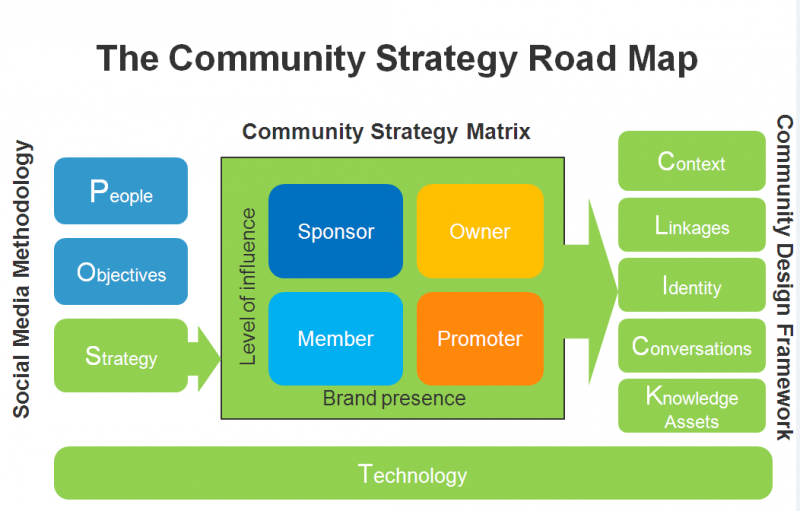Unlike Apple’s Map App, Our Community Roadmap Will Get You To Your Destination
The silver lining on Apple's iOS6 Maps App snafu is that it has fueled much humorous poking. My favorite so far is the photo going around Facebook of Tom Hanks in "Cast Away." There is also a blog called "The Amazing iOS 6 Maps" that includes a collection of Maps mishaps sent in by users. It seems that negative product and service experiences often turn into comedy (remember "United Breaks Guitars"?). A funny photo or link shared on Facebook is often how product issues are initially brought to our attention.
I will add Apple's Maps app to my list of examples of a product or service issue going "negatively viral." Kudos to Apple for being honest and admitting that this was a major gaffe on their part. Not sure if that will calm the fanatical Apple user community, but it's a step in the right direction. The iPhone user community will eventually forgive Apple for the mistake, but they will need more than just a letter from the CEO. They need a quick and suitable remedy.
The Apple example is a reminder of how quickly issues get amplified through an online community. Whether a vendor owns its own community or promoting its brand on a social network, word travels fast as community members provide feedback, share commentary and distribute content. Businesses (both B2B and B2C) that understand how to tap into community conversations to positively impact brand perception will be a step ahead from their competitors. This is why our tech marketing research team is so passionate about online communities. Any size company can have an online community strategy. It just takes a structured approach to ensure that the community includes the right formula for success.
In fact, we just completed a road map that can help guide you to all aspects of designing a successful online community. Unlike Apple, our map will get you to your community destination, whether it's a support community, a LinkedIn discussion group, a Q&A forum…no matter what context, our map provides clear steps that will get you from your community vision to your community implementation.
Our road map starts with customer insight (understanding the social profiles of your customers and prospects), which influences the objective you choose (listening, talking, energizing, spreading, supporting, embracing) which should drive your community strategy. We have defined four community strategies based on level of brand presence and influence on the community's structure. Once you have chosen the appropriate strategy, you then define the context of your community, analyze your target community members' online linkages and influencers, determine your identity within the community and then participate in valuable conversations. These elements should influence the knowledge assets (people, technology and/or content) you create to exchange with your community members:

Stay tuned for a new B2B Online Playbook report that will explain each of these essential steps for community success.
Are you currently involved in an online community project at your company? If so, tell us what you are doing!